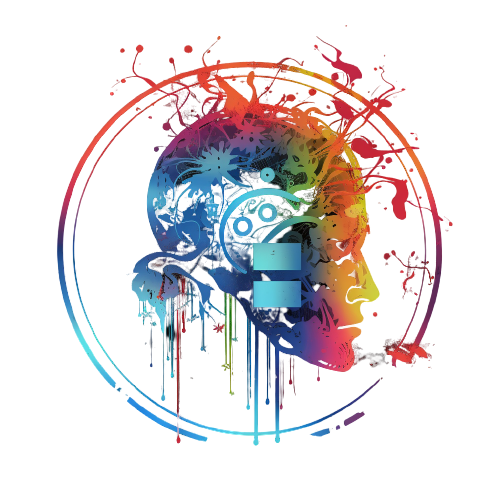What is Auto-GPT and How is it Revolutionizing AI Interactions?
Dive into the world of Auto-GPT, the groundbreaking application enabling AI to operate independently without human-generated prompts, and learn how this technology is changing the way we interact with AI.
Introduction to Auto-GPT
While ChatGPT has captivated the world with its natural-sounding text generation and user-friendly design, Auto-GPT is pushing the boundaries even further. This revolutionary AI tool can function independently without user-generated prompts, fundamentally changing our perception of AI technology.
Understanding Auto-GPT
Developed by Significant Gravitas, Auto-GPT is a Python application that leverages GPT-4 to enable AI to operate autonomously. It introduces the concept of "AI agents" that can access the internet and execute commands on a computer without any human intervention.
For example, in a GitHub demonstration, Auto-GPT, dubbed Chef-GPT, was tasked with discovering and generating unique recipes for an upcoming event. Chef-GPT scoured the internet and accomplished the task without any user guidance, showcasing its ability to operate independently.
How Auto-GPT Functions
Auto-GPT breaks down the AI's actions into "thoughts," "reasoning," and "criticism." This approach offers insights into what the AI is doing and why. It also allows the AI to analyze potential constraints or limitations while autonomously achieving user-set goals.
Moreover, Auto-GPT features long and short-term memory and text-to-speech capabilities via ElevenLabs, making it more human-like and enhancing its ability to interact with users.
Setting Up and Using Auto-GPT
Setting up Auto-GPT involves meeting several requirements, such as having Python 3.8 or later, an OpenAI API key, a Pinecone API key, and an optional ElevenLabs API key for text-to-speech functionality.
After meeting these requirements, follow these steps to set up Auto-GPT:
- Download the Zip file or clone the repository from the Auto-GPT GitHub page.
- Open a command-line program and navigate to the project directory.
- Install the required dependencies by typing "pip install -r requirements.txt."
- Rename the file ".env.template" to ".env" and fill in your OpenAI API key.
Once installed, using Auto-GPT is simple. Name the bot and provide it with a goal. Use the provided examples to get started and explore the autonomous capabilities of Auto-GPT.
Conclusion
Auto-GPT is a game-changing AI tool that demonstrates the potential of AI agents to work autonomously without relying on user-generated prompts. Its unique capabilities are transforming our understanding of AI technology, and the future possibilities are boundless.
If you're interested in staying up-to-date with the latest AI developments, consider signing up for our newsletter here. Additionally, feel free to connect with me on LinkedIn here.
